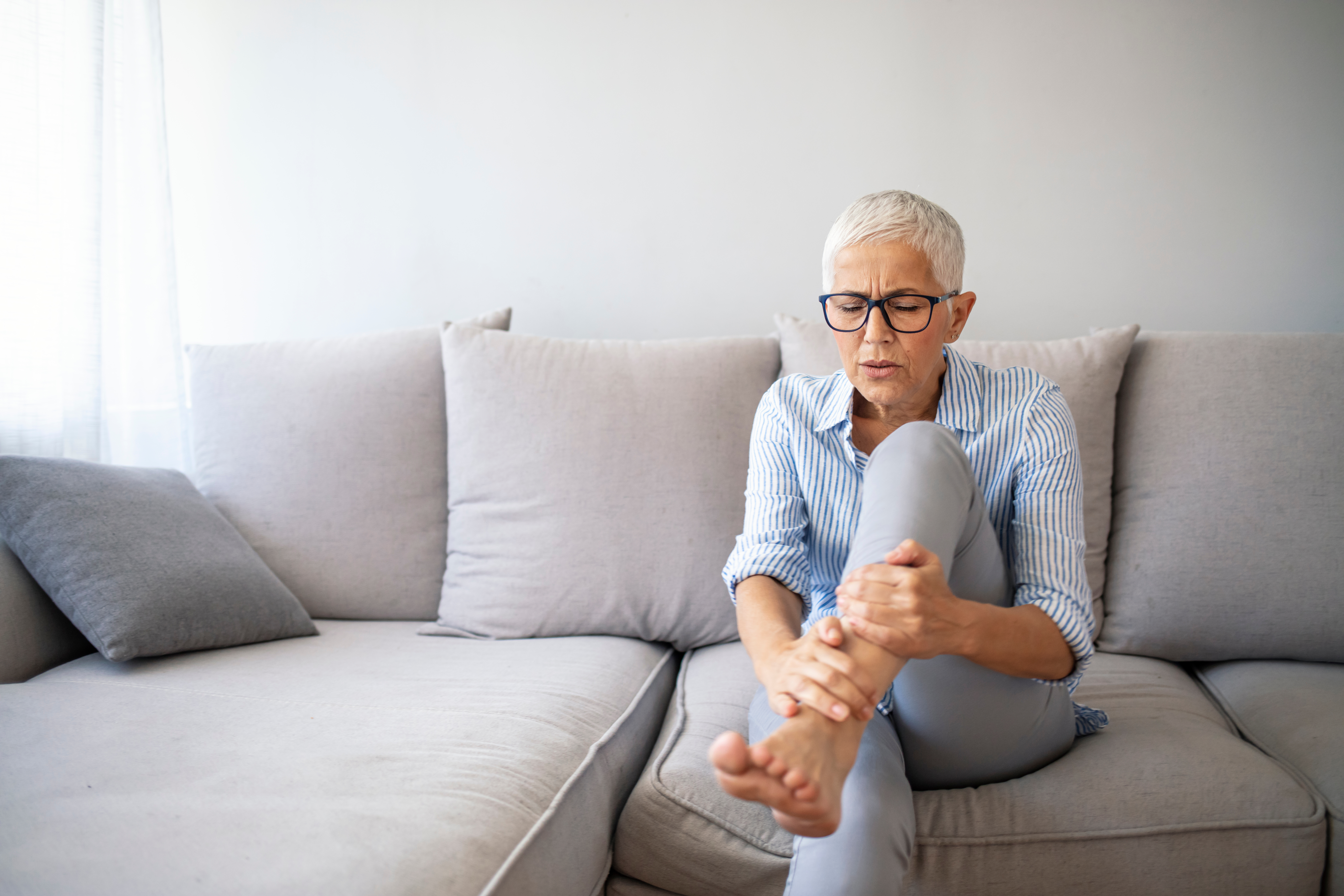Menopause is a natural part of a woman’s life, and while it is mostly caused by a hormonal change, its effects can be noticed in the form of foot issues as well.
Menstrual cycle cessation is accompanied by a number of symptoms, the most well-known of which are hot flashes, sleeplessness, and mood swings, but the body as a whole is modified. There are, however, ways to mitigate all of these impacts and make the shift more bearable.
Hormonal changes during menopause
Menopause usually occurs between the ages of 45 and 55. The composition and maintenance of healthy tissues are influenced by hormones; therefore it is typical for bones, skin, and organs to be impacted by a fall in hormone levels, or even their complete disappearance.
The synthesis of oestrogen and progesterone ceases during perimenopause (or premenopause), which can continue up to eight years. During this period, the woman’s cycle is disrupted, and premenstrual symptoms are more prominent (irritability, fatigue, stomach, or chest pain). When menstruation has stopped for 12 months in a row, the first stage is complete.
A response is then produced by the body as a result of the hormonal shift that has occurred gradually. In addition to altering tissue elasticity and causing the well-known heat flashes, the lack of estrogen exacerbates joint discomfort. As such, some women may have hip or knee pain, as well as mild to moderate foot discomfort.
Foot issues that may occur with menopause
Menopause causes pain in the feet and knees due to changes in the cartilage, which becomes more brittle and sensitive, as well as the loss of suppleness in the ligaments. This can result in foot disorders such as “bunion,” hallux valgus, or hammertoes, which are bone deformities.
Furthermore, when estrogen and progesterone levels drop, the epidermis begins to dry up, as one of its duties is to keep the epidermis hydrated. In some situations, dry feet might result in fissures, which can lead to bacterial infections.
Finally, progesterone deficiency inhibits the body’s capacity to absorb water, resulting in water retention. Water retention during menopause produces swelling of the lower limbs, particularly the feet and ankles, giving the sensation of heavy legs.
Relieving a variety of symptoms as well as some pain
The easiest strategy to alleviate foot issues during menopause is to maintain a healthy lifestyle and be active, as long as the pain does not exceed a tolerable level.
Maintaining a regular physical exercise schedule helps to keep your joints in good shape and avoids bone deterioration, which is prevalent at this age. Furthermore, you will guarantee that you keep a healthy weight and avoid the effects of fat buildup caused by the termination of oestrogen production.
If your feet and ankles have gotten uncomfortable, remain hydrated to avoid water retention and keep an eye on your foot’s health.
Foot bunion development can be delayed by wearing comfortable, well-fitting shoes and, if needed, orthotics. Applying ice to the sore region, as well as small muscle strengthening exercises for the foot that a kinesiologist might recommend, will bring relief.
If you have a skin condition on your feet, and the dryness of your epidermis is causing you pain, remember to clean them periodically and use moisturising lotion. If you see corns or other flaws that demand a podiatrist’s attention, don’t hesitate to seek help to avoid problems that may otherwise worsen.
Caring for your feet throughout menopause
Menopause is a difficult time in a woman’s life that can damage her well-being, despite the fact that it is natural. A healthy lifestyle and regular foot care will help you maintain your ability to be active and ease some of these bothersome symptoms.
FootNetwork podiatry clinics in Quebec provide you with the opportunity to meet with foot health specialists who will gladly give you advice.

